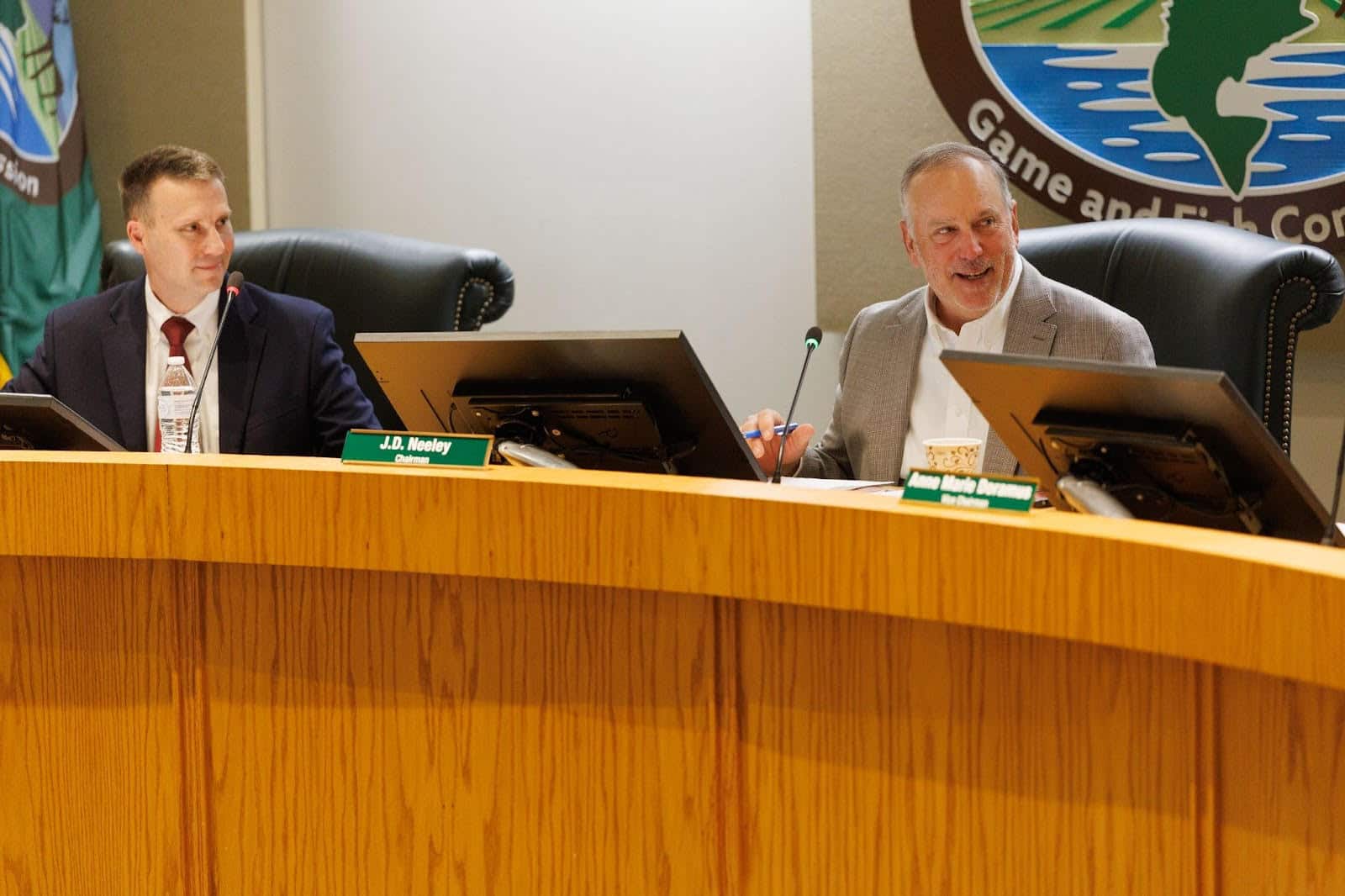Furbearers
Trapper Education and Introduction to Trapping
Trapper Education
The International Association of Fish and Wildlife Agencies developed a comprehensive trapper education program, which is mandatory before trapping in many states. The program not only teaches trappers how to use traps without harming people or domestic animals, it also teaches new trappers skills, legal methods of trapping and ethical behavior to maximize their enjoyment of the resource. A key component of the course is explaining how trapping fits into the overall scheme of scientific wildlife management. Trapper education is not mandatory to trap in Arkansas, but is highly encouraged.
Furbearer Hunting and Foxpen Regulations
Furbearer Hunting Regulations
It is unlawful to hunt raccoon, opossum, or bobcat at night with any rifled slug or shot size larger than No. T, or with any rifle or handgun ammunition other than rimfire ammunition of .22 caliber or smaller.
Licenses Needed to Hunt Furbearers
Furbearer hunters and trappers 16 and older must have a valid Arkansas hunting license.
Furbearer Trapping Regulations
Arkansas Trappers Association Trapper Workshop
The Arkansas Trappers Association holds a two-day trapper education workshop each October.
Buying and Selling Furs
Predator Control
The Commission Predator Control Permit (PCP) allows the permit holder to conduct year-round shooting during the day and night and trapping of bobcat, coyote, gray fox, opossum, raccoon, red fox, and striped skunk on private land for the purpose of removing predators that impact game species such as wild turkey and northern bobwhite.
Foxpens
- No permit is required to operate a fenced facility where fox and coyote are chased for pleasure. However, if any other wildlife are hunted within the fenced area, the operator must obtain an AGFC-issued Wildlife Hunting Resort Permit.
- When chasing wildlife for pleasure, hunters may not possess any killing device except:
- If a hunting season is open, the weapon legal for the season may be possessed.
- Concealed-carry firearms may be possessed by certified concealed-carry permit holders.
- Live foxes and coyotes that are legally trapped alive in Arkansas may be sold to foxpen operators by those holding Commission Live Fox and Coyote permits. These permits can be obtained from the Commission Licensing Division in Little Rock, 833-345-0325.
- A Commission Wildlife Importation Permit is necessary to bring any wildlife, including fox and coyote, into Arkansas.
- It is illegal for those with Commission Wildlife Importation Permits or anyone else to bring live coyotes into Arkansas that originate from or have lived in Alaska, Idaho, Illinois, Indiana, Iowa, Minnesota, Missouri, Montana, Nebraska, North Dakota, Ohio, South Dakota, Texas, Wisconsin, Wyoming or Canada.
- It is illegal for those with Commission Wildlife Importation Permits or anyone else to bring live foxes into Arkansas that originate from or have lived in Alaska, Arizona, Idaho, Illinois, Indiana, Iowa, Minnesota, Missouri, Montana, Nebraska, New Hampshire, New York, North Dakota, Ohio, South Dakota, Texas, Vermont, Wisconsin, Wyoming or Canada.



